A rare trial against Elon Musk’s car company began Monday in Miami where a jury will decide if it is partly to blame for the death of a stargazing university student after a runaway Tesla sent her flying 75 feet through the air and severely injured her boyfriend.
Lawyers for the plaintiff argue that Tesla’s driver-assistance feature called Autopilot should have warned the driver and braked when his Model S sedan blew through flashing red lights, a stop sign and a T-intersection at nearly 70 miles an hour in the April 2019 crash. Tesla lays the blame solely on the driver, who was reaching for a dropped cell phone.
“The evidence clearly shows that this crash had nothing to do with Tesla’s Autopilot technology,” Tesla said in a statement. “Instead, like so many unfortunate accidents since cellphones were invented, this was caused by a distracted driver.”
The driver, George McGee, was sued separately by the plaintiffs. That case was settled.
A judgment against Tesla could be especially damaging as the company works to convince the public its self-driving technology is safe during a planned rollout of hundreds of thousands of Tesla robotaxis on U.S. roads by the end of next year. A jury trial is rare for the company, whose suits over crashes are often dismissed or settled, and this one is rarer yet because a judge recently ruled that the family of the stricken Naibel Benavides Leon can argue for punitive damages.
The judge, Beth Bloom of the U.S. District Court for the Southern District of Florida, issued a partial summary judgement last month, throwing out charges of defective manufacturing and negligent misrepresentation against Tesla. But she also ruled plaintiffs could argue other claims that would make the company liable and ask for punitive damages, which could prove costly.
“A reasonable jury could find that Tesla acted in reckless disregard of human life for the sake of developing their product and maximizing profit,” Bloom said in a filing.
The 2021 lawsuit alleges the driver relied on Autopilot to reduce speed or come to a stop when it detected objects in its way, including a parked Chevrolet Tahoe that Benavides and her boyfriend, Dillon Angulo, had gotten out of near Key West, Florida, to look up at the sky. The Tesla rammed the Tahoe at highway speeds, causing it to rotate and slam into Benavides, tossing her into a wooded area and killing her.
In legal documents, Tesla denied nearly all of the lawsuit’s allegations and said it expects that consumers will follow warnings in the vehicle and instructions in the owners’ manual, as well as comply with driving laws. Tesla warns owners in manuals that its cars cannot drive themselves and they need to be ready to intervene at all times.
Plaintiff lawyers argue that Tesla should have a geofenced its Autopilot so it only worked on the big roads it was designed for and drivers couldn’t use it on smaller roads such as the rural one where Benavides was killed. They also say data and video evidence shows the Autopilot did detect the Tahoe but then failed to warn the driver as they claim it should have done.
Tesla has since improved its driver-assistance and partial self-driving features, but still faces lawsuits and investigations over what critics say is a gap between its exaggerated depictions of how well they work and what they can actually do.
Federal auto safety regulators recalled 2.3 million Teslas in 2023 for problems with Autopilot failing to sufficiently alert drivers if they weren’t paying attention to the road. They then put Tesla under investigation last year for saying it fixed the problem though it was unclear it actually did that.
Musk has also continued to make public comments suggesting Tesla’s “Full Self-Driving” technology, a more advanced version of Autopilot, allows cars to drive themselves, despite warnings from regulators not to do so because it could lead to overreliance on the systems, crashes and deaths. That technology has been involved in three fatal crashes and is under investigation of its ability to see in low-visibility conditions such as sunlight glare or fog.
Tesla is promising a much more robust self-driving technology to power its robotaxis with no one behind the wheel. A test run in Austin, Texas, of the taxis appears to have gone mostly well, though there are scattered problems, such as a case when one cab went down the opposing lane.
This story was originally featured on Fortune.com

 5 hours ago
1
5 hours ago
1


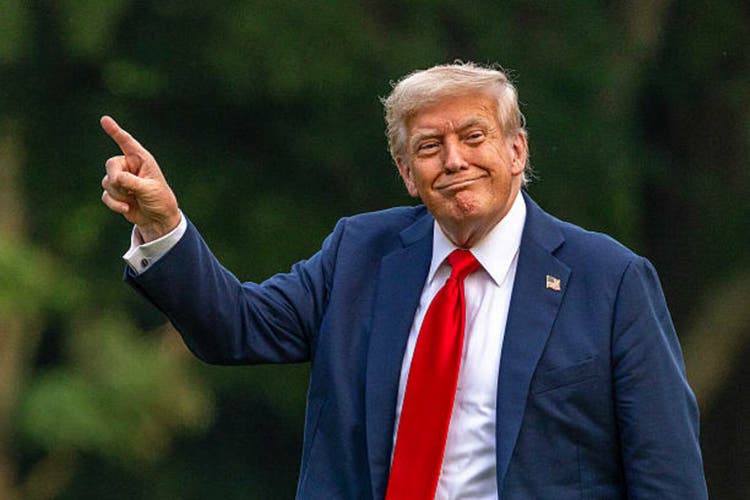


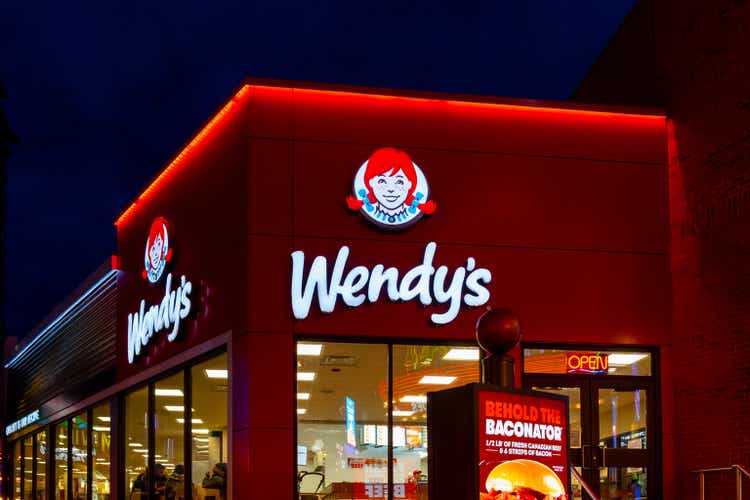
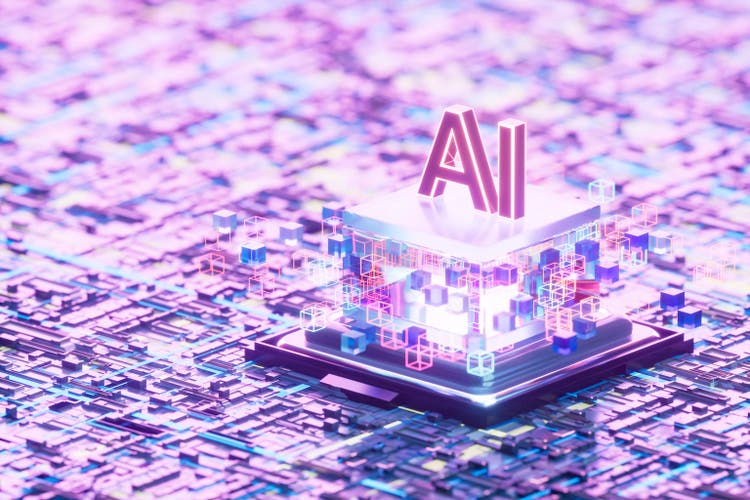
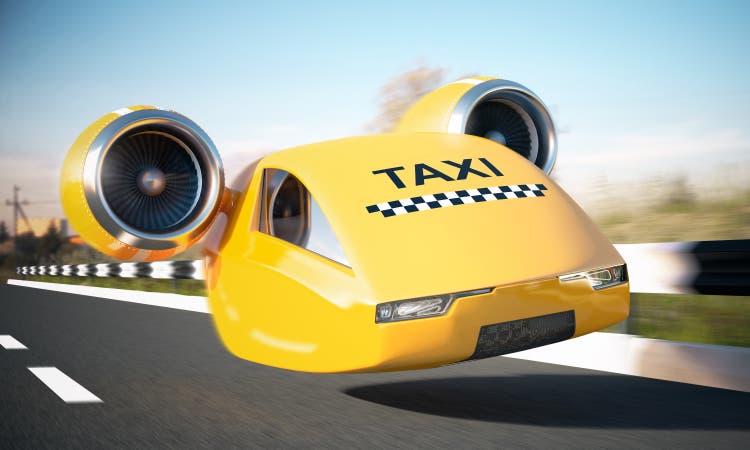
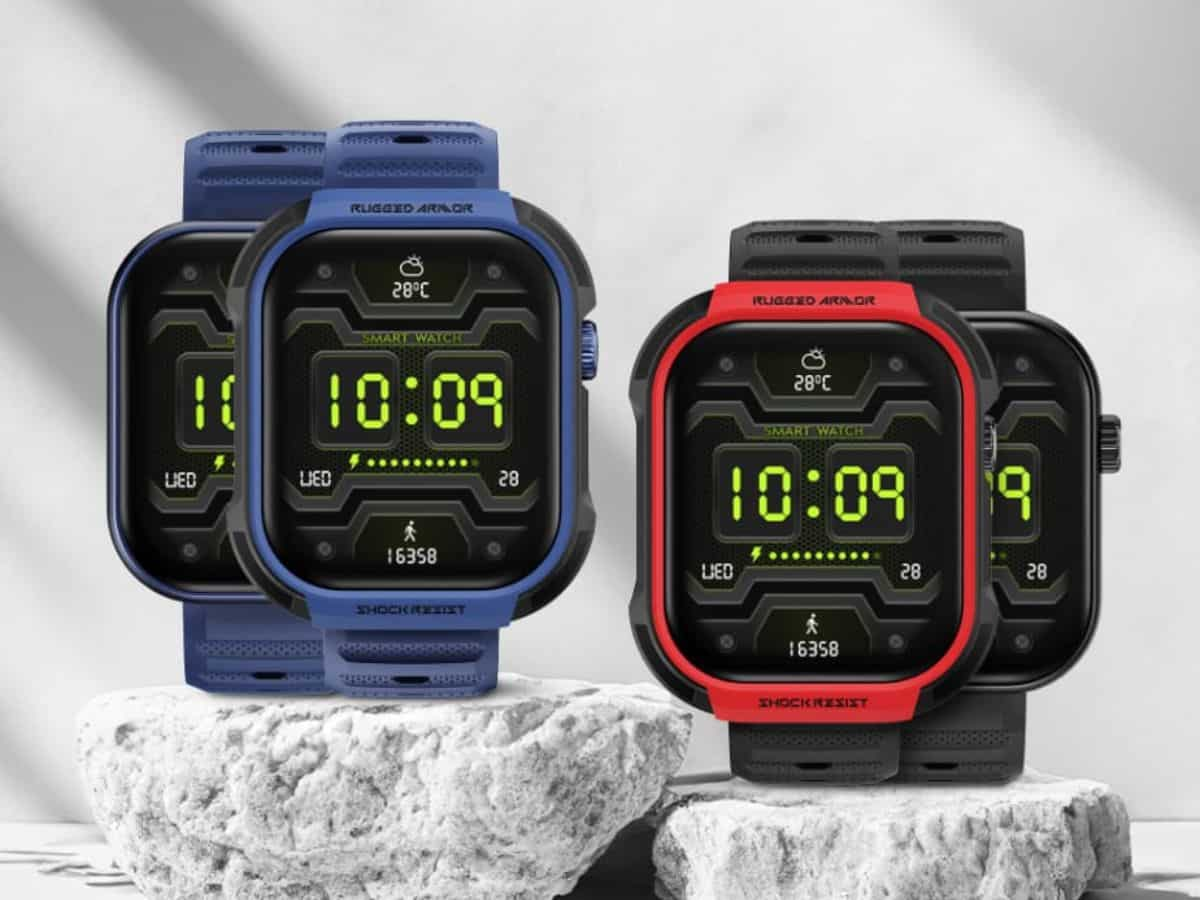


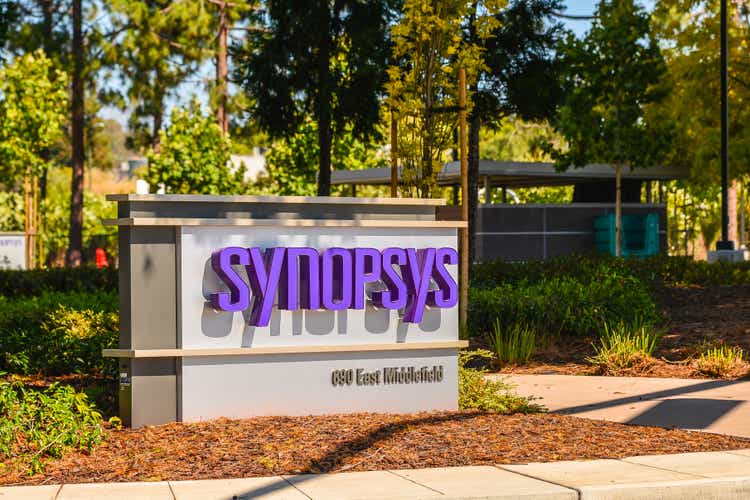
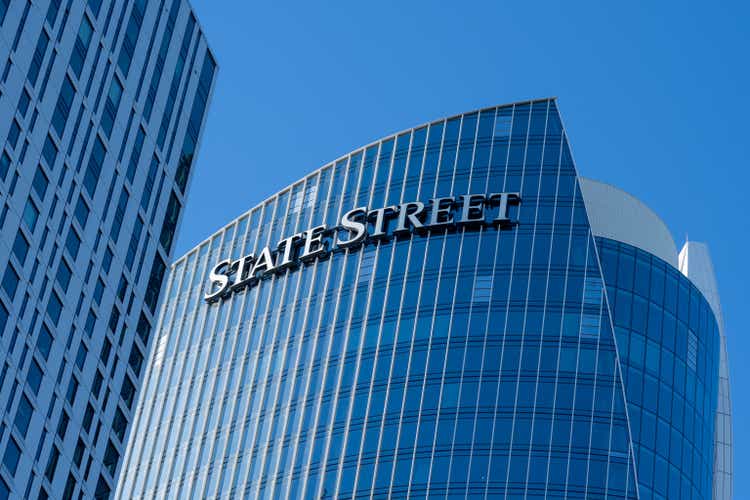
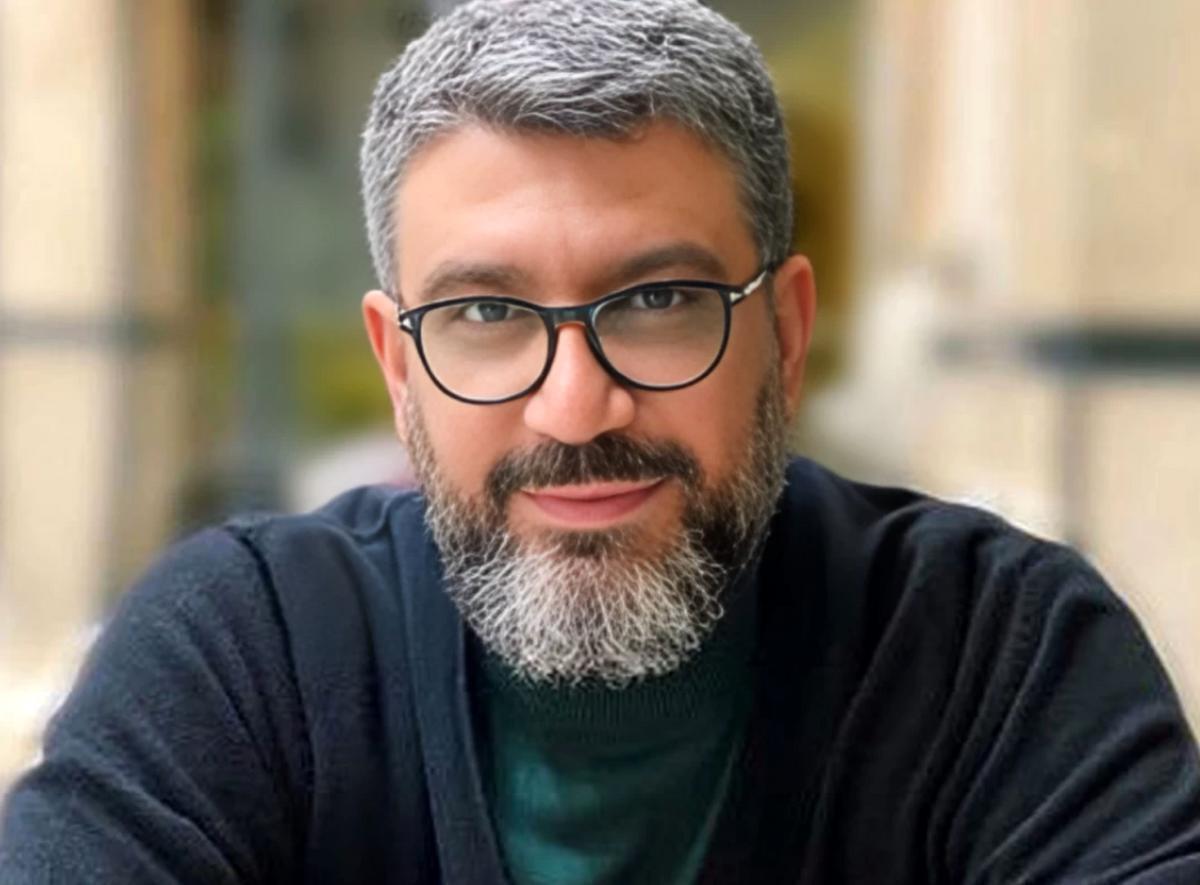
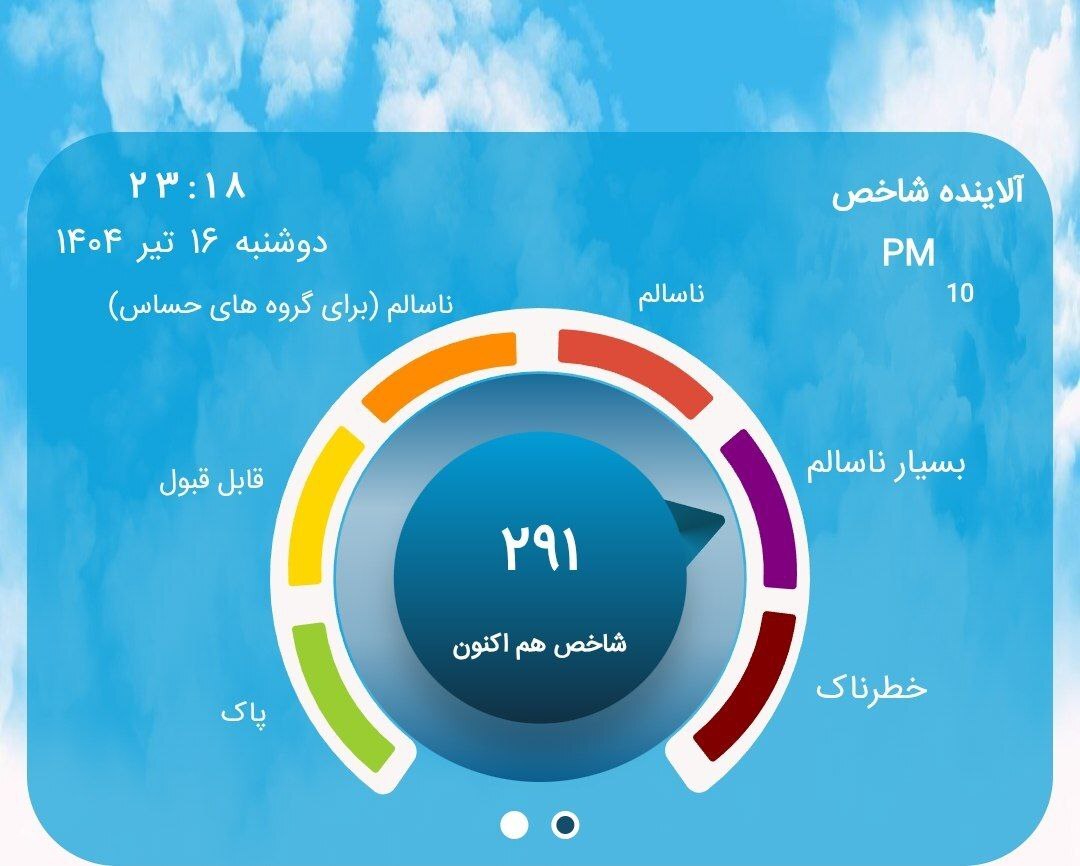
 English (US) ·
English (US) ·